Animal Behavior Research Blog Posts

28 Oct
animal behavior research
Anxiety, Depression and Fear
Anxiety is ancient – how crayfish resemble vertebrates
Fear is something we all know. It changes our behavior: we freeze, try to escape, or respond with aggression. Fear can also cause anxiety, which is a more complex phenomenon.
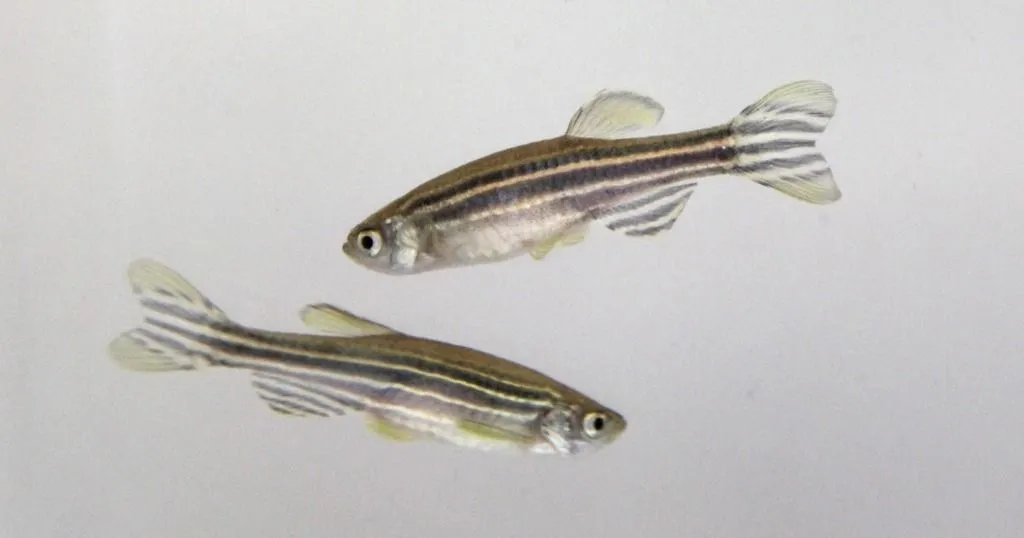
24 Oct
animal behavior research
Zebrafish Research
Inhibitory avoidance learning in zebrafish (Danio rerio)
The zebrafish (Danio rerio) is increasingly being used as model in behavioural, neurobiological and genetic research.
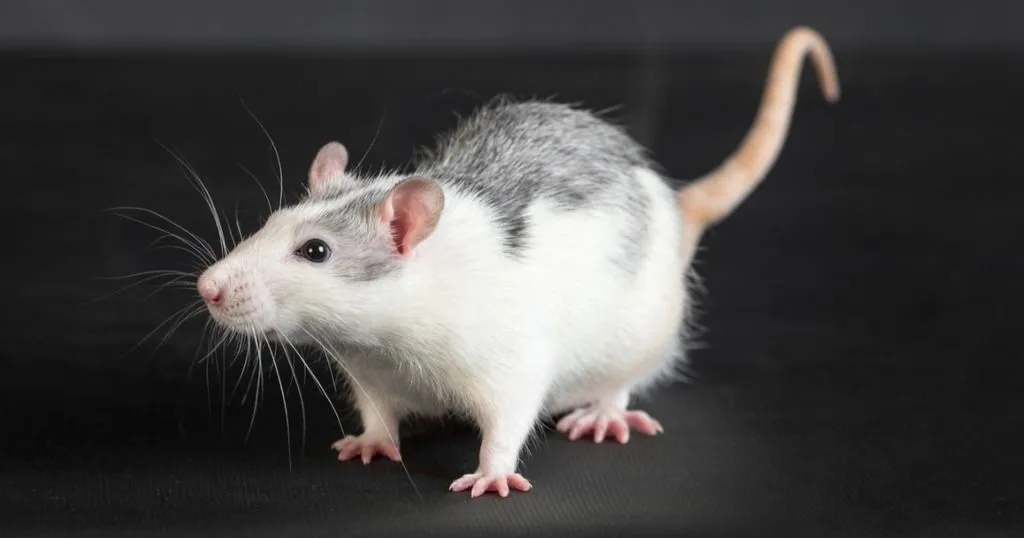
11 Sep
animal behavior research
Other (Animal)
Walking the ladder: testing the cellular source of motor functioning in mice
The cerebellum, our “little brain”, is all about motor control; more specifically, it’s about coordination, precision, and timing.

25 Aug
animal behavior research
Other (Animal)
What a horse likes to eat: how to test dietary preferences
Redgate and colleagues looked into the addition of a monadic phase (a phase in which only one food was offered at a time instead of all of the options) to choice testing.

18 Aug
animal behavior research
Other (Animal)
The accuracy of measuring fish aggression by using mirror tests
To examine the response of cichlids to their mirror image, Balzarini et al. used three sympatric species from Lake Tanganyika and did the mirror test for measuring aggression.
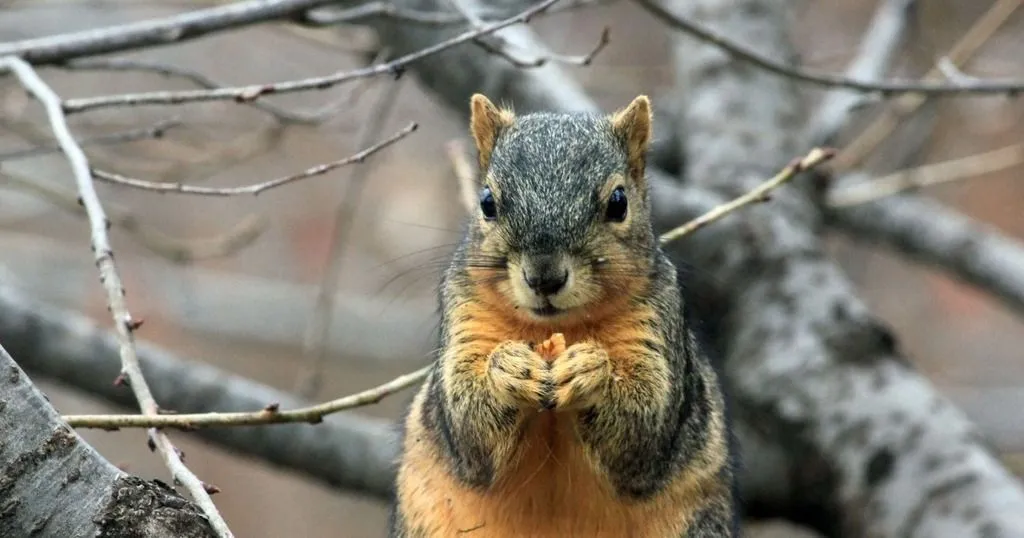
12 Aug
animal behavior research
Other (Animal)
The relationship between food scarcity and caching in fox squirrels
We’ve all seen squirrels carrying acorns around in their mouths and burying them in the ground. This is a way to hoard food, and most squirrels use a strategy called scatter-hoarding.
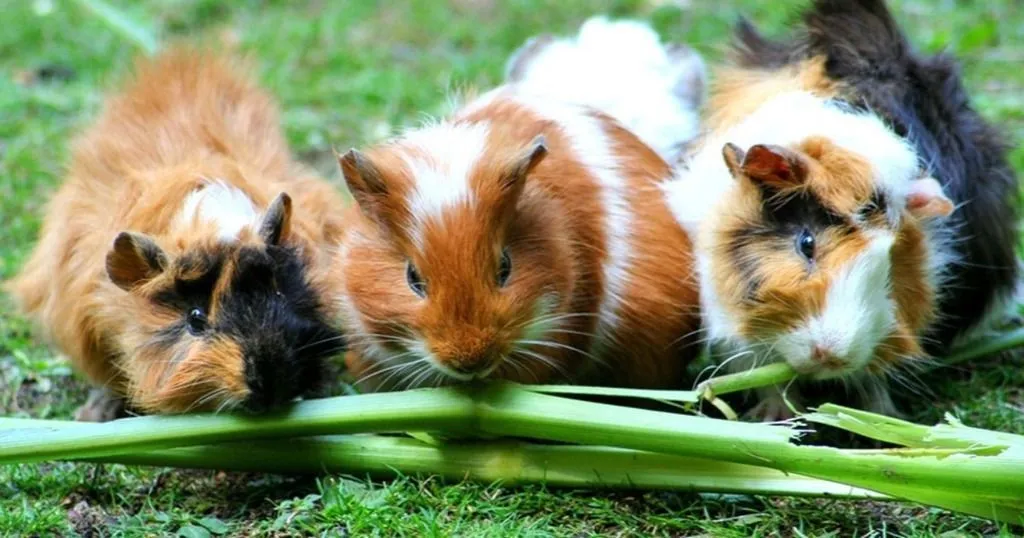
05 Aug
animal behavior research
Social Behavior
How wild cavies and domesticated guinea pigs differ
Domestication has a considerable effect on the behavior of animals. The dramatic change in their environment and provision of food alter the need for behaviors such as exploration. But what exactly is the difference?

31 Jul
animal behavior research
Other (Animal)
The impact of visitor access in a shelter on the welfare of shelter dogs
If you’ve ever been to a shelter to adopt a dog, you know that when you walk into the holding area, the dogs can get very noisy.
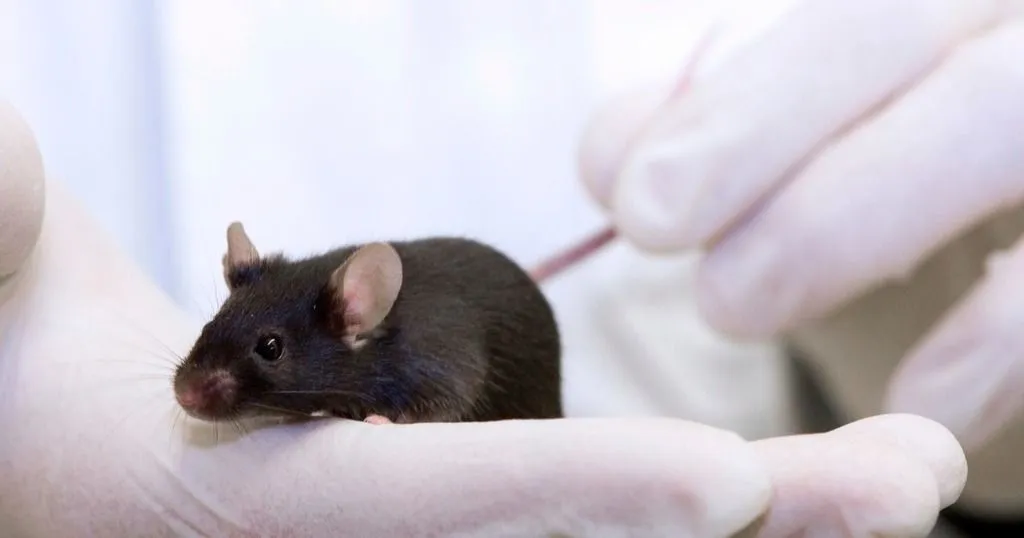
24 Jul
animal behavior research
Social Behavior
How an internal clock gene can alter innate behaviors in mice
Some might argue that laboratory mice are not the same as wild mice, yet they remain capable of performing the innate, routine behaviors necessary to survive in natural environments, such as courtship and nest-building,
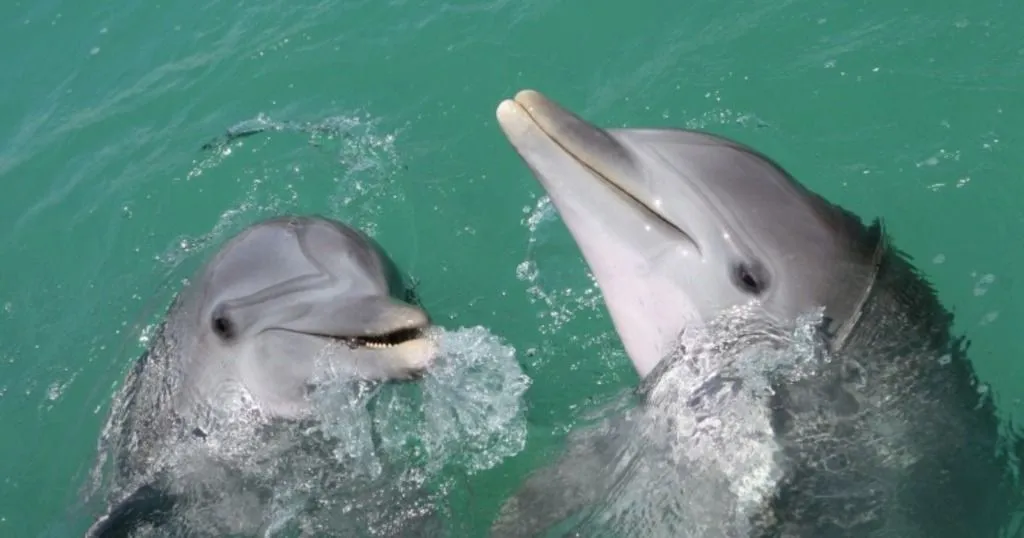
30 Jun
animal behavior research
Other (Animal)
Interspecific aggression: spotted dolphins vs. bottlenose dolphins
In the animal kingdom, competition is a part of life. Dominance hierarchies are common both within a group in a species (intergroup) or between two different species (interspecific).